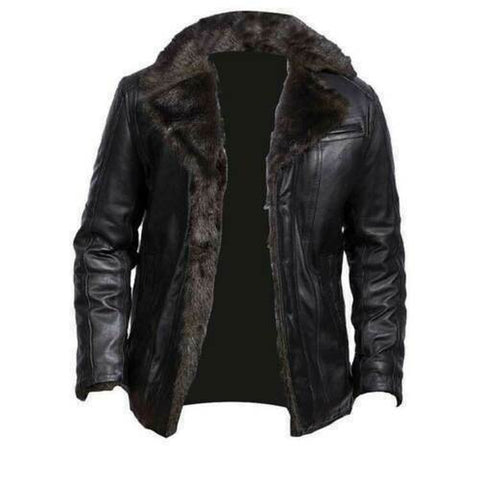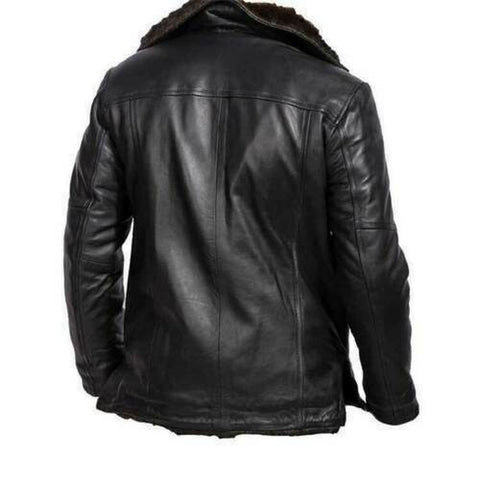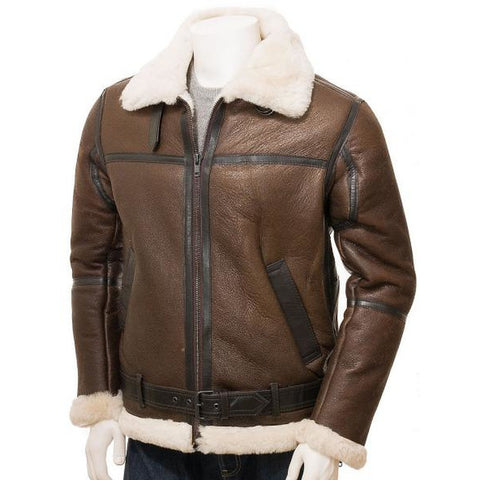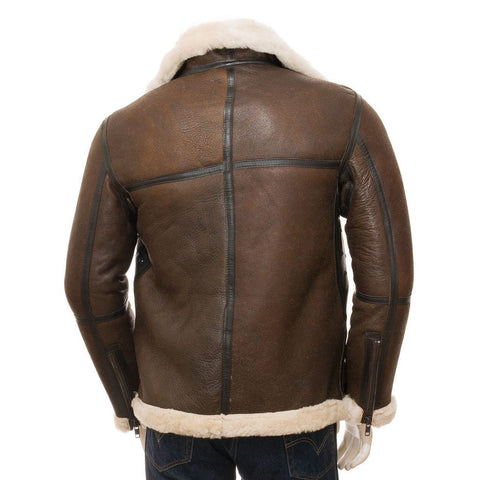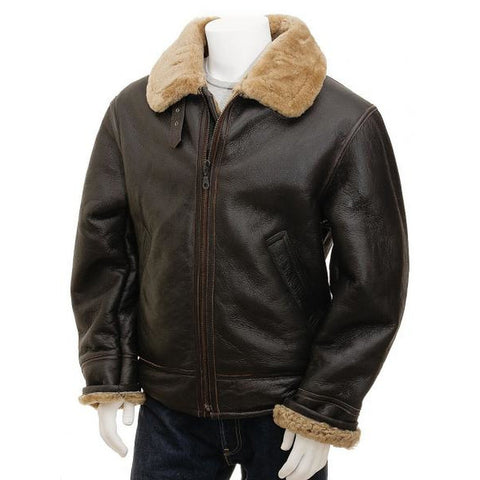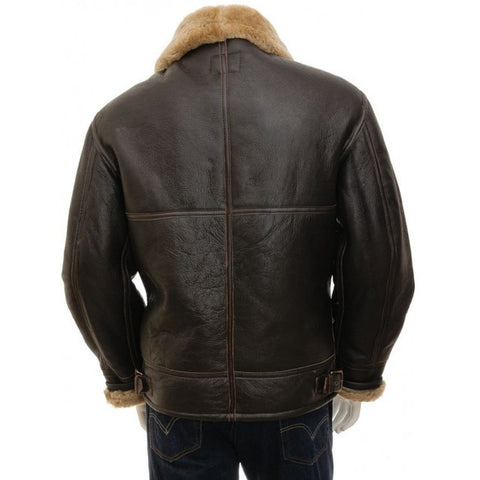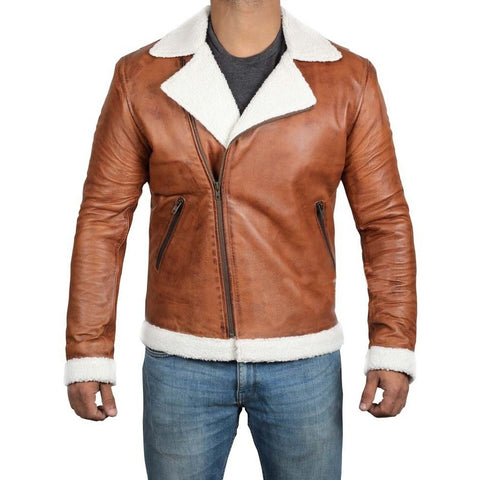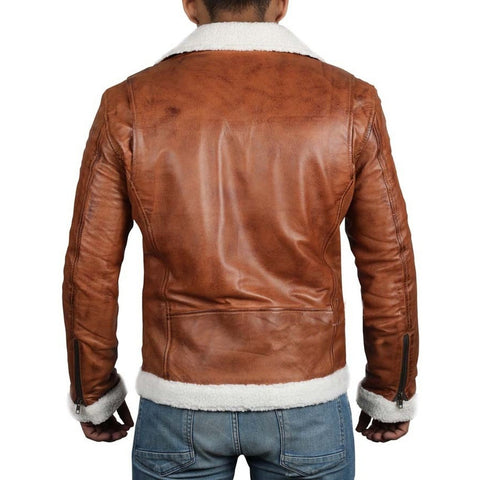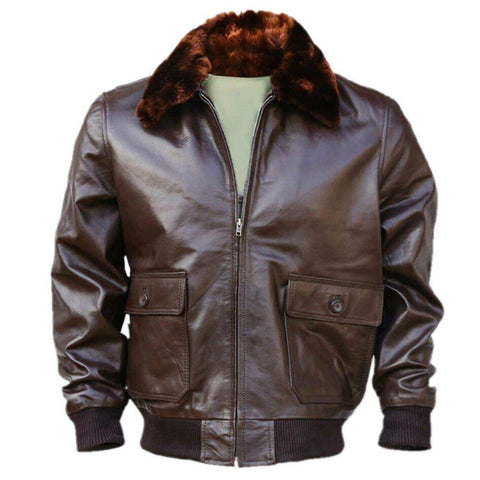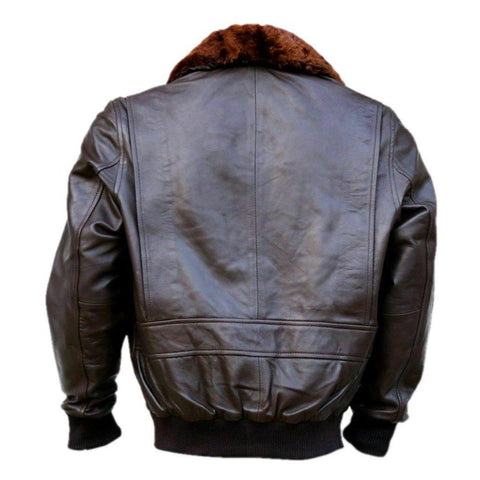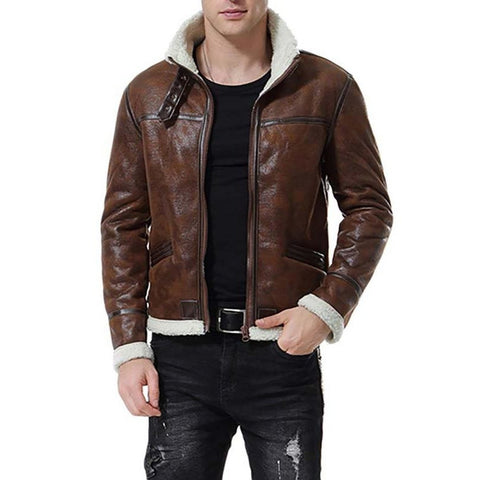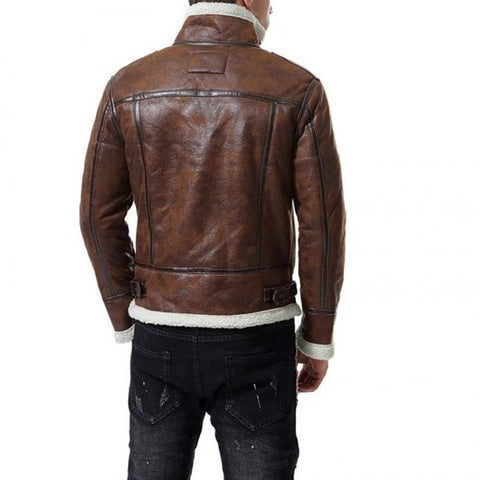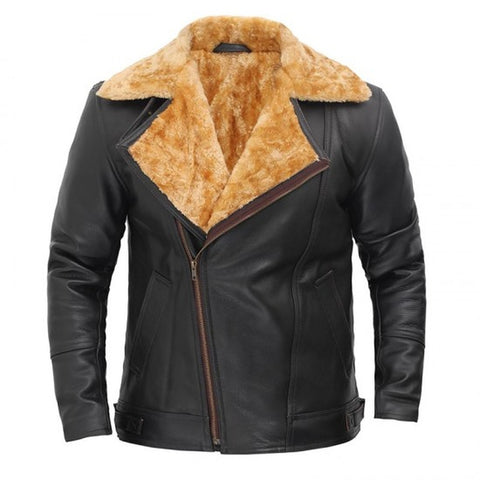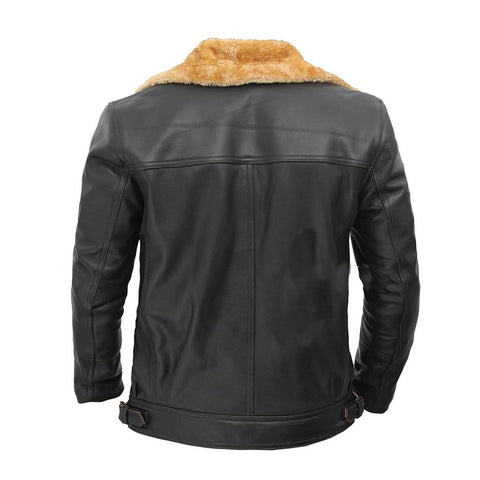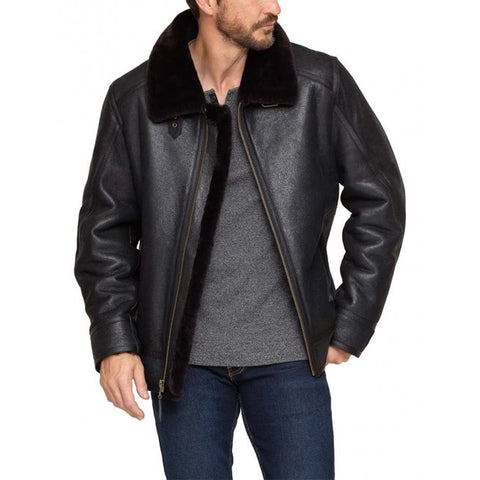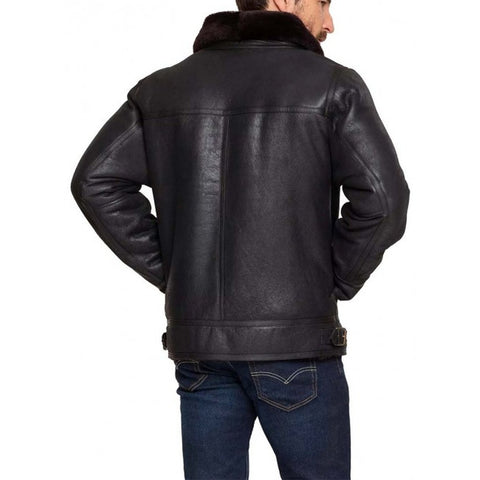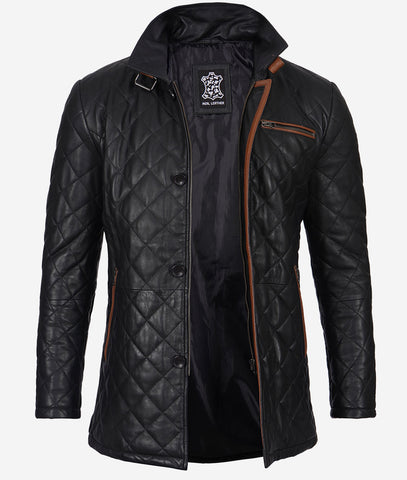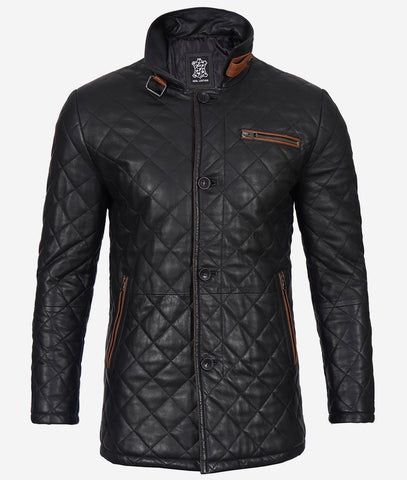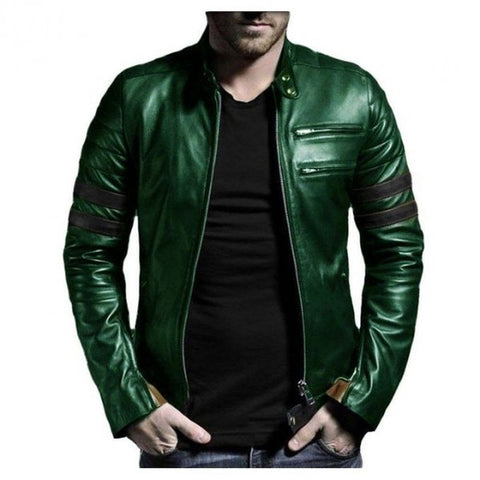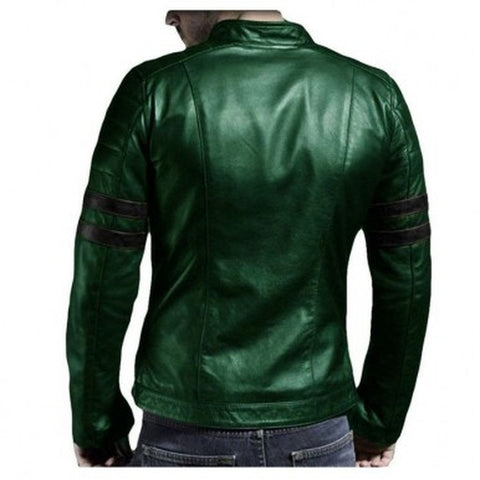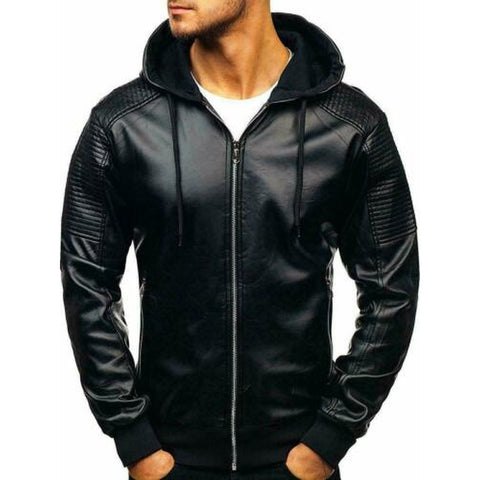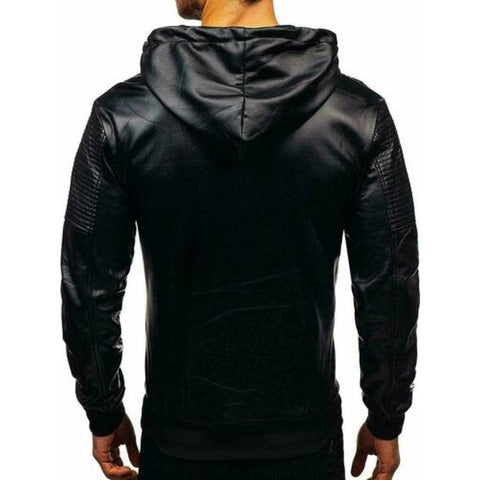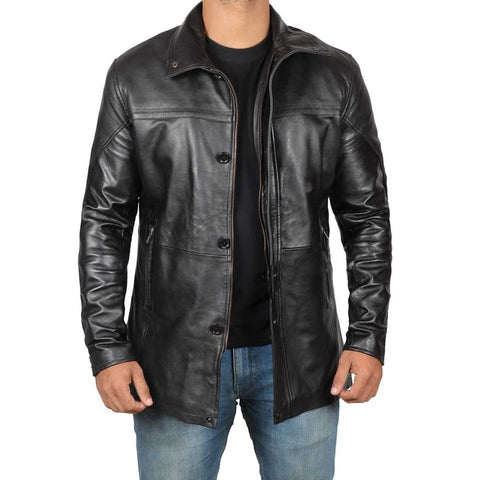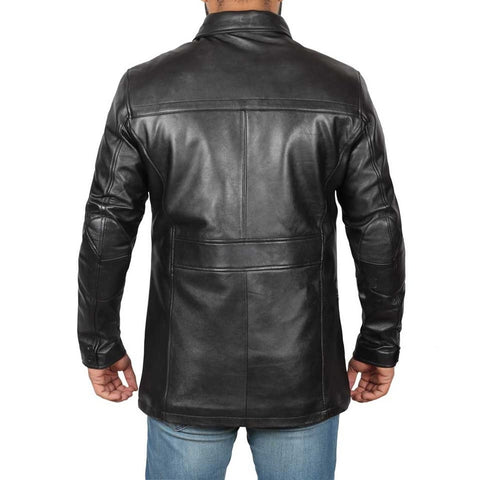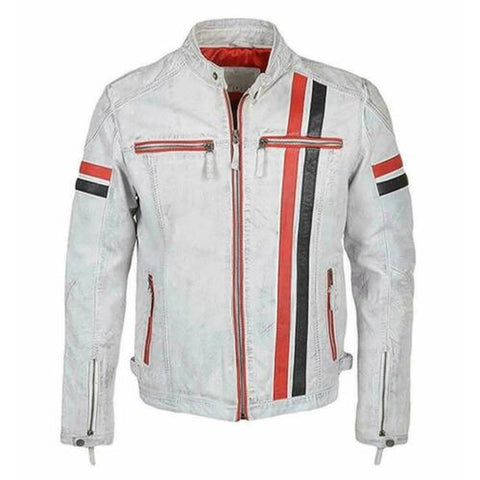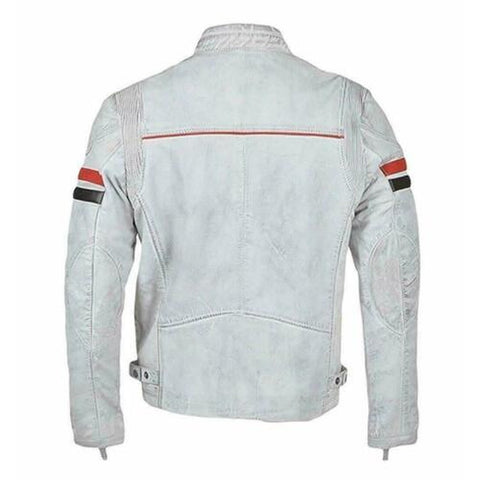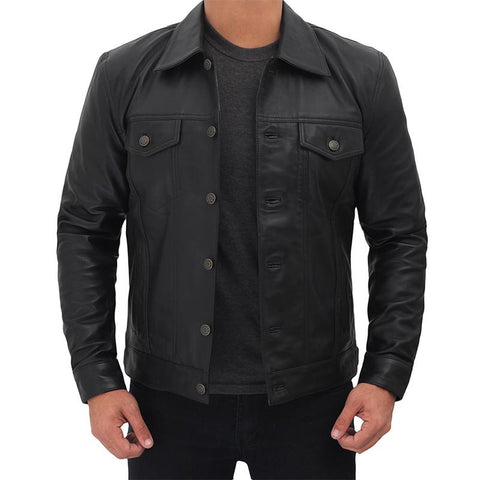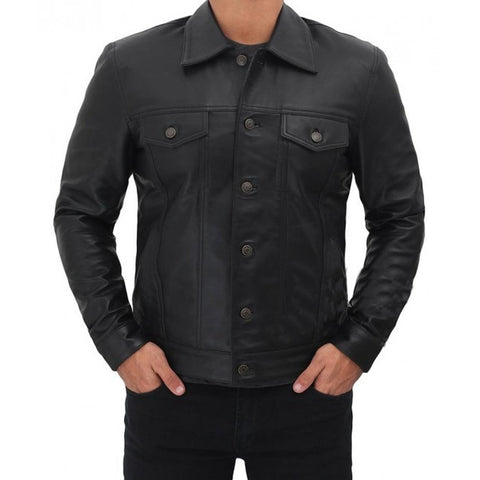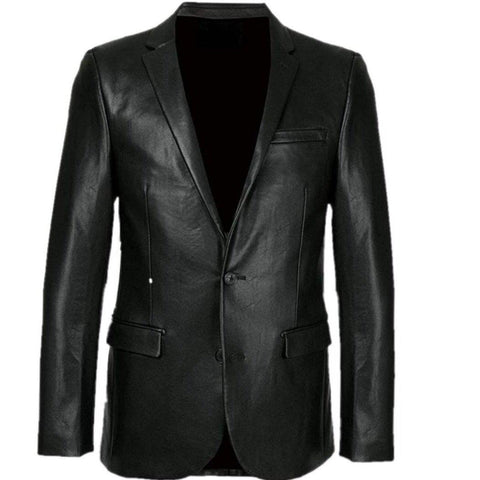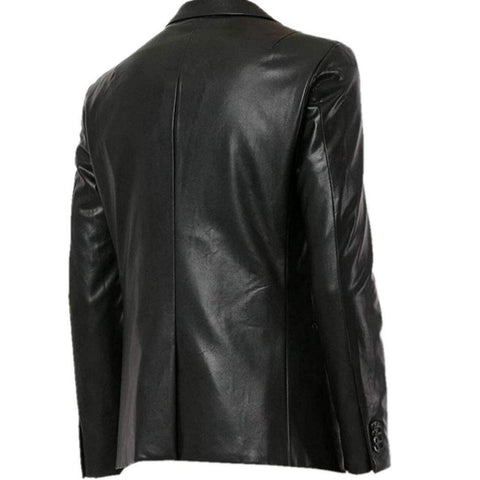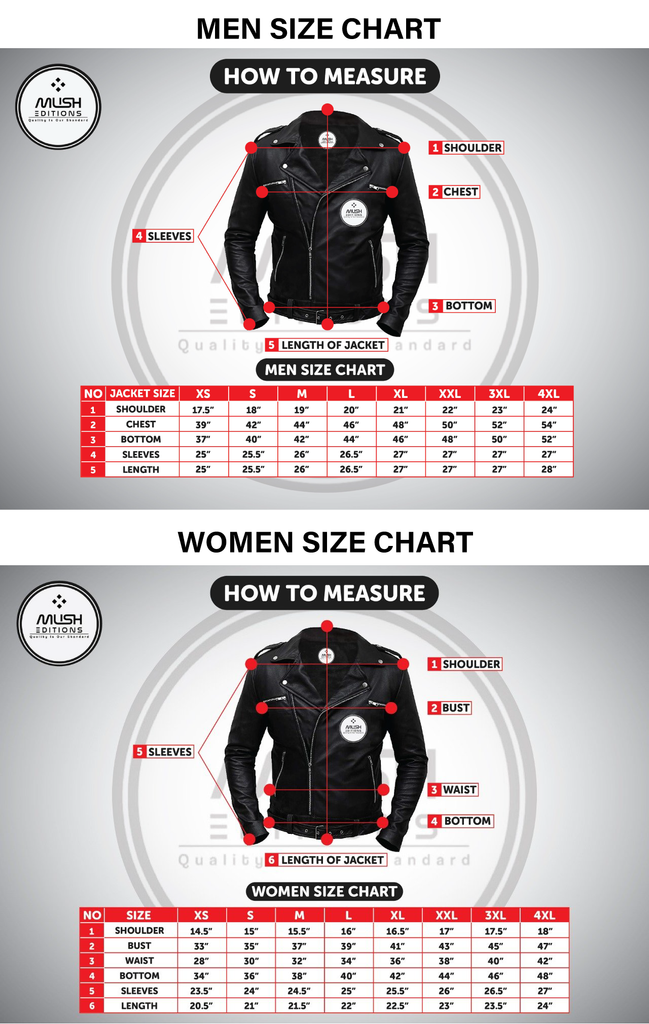Leather Jacket Guide For Men's
A leather jacket can make any casual outfit more stylish. There are many styles and colors available at musheditions when you're looking for a leather jacket.
We will discuss the advantages of leather jackets and provide a guide for choosing the right jacket for you.
Table Of Content:
- Things need to focus when buying a leather jacket
- Why we choose leather jacket
- Elements of leather jacket
Things Need to Focus When Buying a Leather Jacket:
All leathers are not same, or even the same animal. Jackets can be made from different hides and different treatments.
- Cowhide can be plain or standard. It is the main ingredient in most leather jackets. It is a more rigid and thicker leather that can take a while to get used to. The leather quality can vary depending on where it came from, what part of the cow it was from, and how the manufacturer treated it. You want leather that is thick but not too stiff.
- Deerskin, cowhide's refined cousin, is Deerskin. It is more rigid and weatherproof but lighter and more flexible. The final surface has a soft texture and a little bit of knap (fuzz) rather than a smooth, sheer feel. It can be used for work jackets as well as fashion pieces.
- Goatskin is in fashion all the time. It is lighter than cowhide, and it weathers more clearly. A goatskin jacket develops a pattern of surface lines over time. This makes each one unique. When new, it has a visible texture that is more prominent than cowhide.
- Lambskin is soft and can be lined with outer fleece to provide warmth. However, as a practical production reality, most lambskin jackets are made from plain leather with fleece stitched on. This gives you a more uniform lining than turning a sheep inside out. It is lighter than other leathers, and it is more suitable for three-season jackets than winter or sportswear. Lambskin jackets should be treated with more care than other leather.
- Bison leather is rugged, tough, and textured. The leather has been more popular in shops, particularly in protective jackets such as motorcycle and motocross jackets. The skin is a ruddy color with fine creases.
Cowhide is the most affordable, but a cowhide jacket can easily be more expensive than a utilitarian bison jacket. There are many factors that affect the quality of leather. A poorly tanned hide will not last as long as top-quality leather
Why We Choose Leather Jacket:
Attractive:
We'll put this one on the top. This will happen even before you put on the leather jacket.
Leather has a way of being unique and stylish which attracts others
Leather's tough appeal is not trend-oriented, which is the great thing about it. Leather jackets are associated with ruggedness, as humans have used leather since the beginning of time.
A leather jacket can give you a sense that you are demanding, competent, and edgy, even if it is a refined and smooth jacket style. It's hard to find an attitude that doesn't try too hard. That's why it is attractive.

Gives Protection:
Leather is durable, which is a practical fact. A leather hide can protect an animal throughout its entire life. For almost all human history, personal armor has relied on leather to protect its members. This was until the introduction of bullet-resistant synthetics at the beginning of the 20th century.
Your jacket will not be needed to protect you from bear teeth or turn a knife. The jacket's toughness protects you from more everyday wear and tear. Good leather jackets made of the quality hide should withstand all sorts of scrapes and nicks.
This same toughness also provides good weather protection. Leather is a great windbreaker and naturally water-resistant. Most jackets today add waterproofing compounds to the hide during treatment. Even after rain, wind, and snow have passed through the same wool or denim coat, a leather jacket will remain warm and dry.

Durability:
While leather protection is not the same as leather durability, it does provide some level of protection. The leather becomes softer as it ages but doesn't crack and split. Leather can last a lifetime if you take care of it.
Remember that museums worldwide still display leather clothing and armor worn by Roman soldiers. It is important to consider the quality of a leather jacket. You can buy a leather jacket that lasts for many years if you invest in quality products.

Elements Of Leather Jacket:
In a moment, we'll discuss individual styles and classic cuts. Before you buy a leather jacket, make sure to familiarize yourself with all the details. This will help you understand the differences between a business jacket and a workman's jacket.
Length:
First, consider the length of your coat from top to tail. A longer coat will be more useful as a weatherproofing piece. This is why dusters and trench coats are so popular with outdoor workers. It is pretentious to wear one from your car to work.
Leather jackets are more like jackets than coats. The bottom hem should be at the waist. Ahem that falls below the waist is more fashionable is preferable, but ahem that is higher and more snug is trendier. Conversely, ahem that falls just above the belt with some looseness at the hips can be more rugged and outdoorsy.
Pockets:
You will feel more casual if you have more pockets. You will also find pockets that are more detailed and relaxed. This means your best-looking leather jackets will have smooth fronts.
This is not practical, so most fashionable jackets choose to have a pair of jetted pockets. The opening is a small, unbuttoned slit in the leather and does not include a flap. Jackets that are looking for a more streamlined shape will have a horizontal or vertical slit. However, a sharply diagonal or vertical slit at each end for the hands is common.
Flaps are added to casual jackets, while more casual jackets have pockets that rotate horizontally. While dressier jackets have pockets sewn to the interior, casual jackets will have larger pockets "patch" sewn to the exterior. This allows the jacket's back to being visible from the pockets.
A casual jacket is one that has more than two pockets in the front. For the fatigue style, four front pockets are standard. Dusters and trench coats have pockets above and below their waist.
Buttons & Zippers:
Buttons are bulkier, while zippers are slimmer. Practically, zippers are simpler to use than buttons. However, buttons are more difficult to replace or repair.
There are many opinions on the question of whether buttons should be worn by men. For most of the 20th Century, leather jackets with large, round buttons were feminine. However, in World Wars II and III, both men wore leather jackets that had buttons. Buttons are still preferred by cattlemen because they allow the jacket to pop off if it strains, rather than ripping away from the zipper-like leather.
This is due to a cultural difference: urban jackets with sharp lines are likely not to use buttons, while outdoor jackets that are rugged and tough use zippers and buttons. While you can wear whatever jacket you like, a modern and sleek jacket with buttons could look a little too feminine.
Lapels:
Lapels are not a standard feature on a leather jacket for men. Although they are very common, the "leather jacket" look is difficult to pull off.
You might prefer the framing effect created by lapels, such as a V-shaped shape that widens your torso, to zippered jackets with wide collars. These jackets can be worn half-zippered with the collar flipped up onto the shoulders to create a cardigan effect.
A constructed lapel is for the truly ardent. It's better to be narrow and understated than extravagant. A leather jacket with large flaring lapels will make you look like a Las Vegas mob enforcer or a 1990s superhero. This feeling of looking in the mirror when you buy a leather jacket will make others feel it.
Colors:
Most leather jackets can be found in black or brown. If you have a lot of solids or sharp contrasts in your wardrobe, black is a good choice. Brown works well for softer wardrobes that use many earth tones and textures.
Matching leather is key. A brown jacket should not be worn with black shoes. You'll need at least two leather jackets if you want to be the type of guy who wears one every day.
There are other, more vibrant colors that are also available, but they are less versatile. They can be worn day in and out, but it isn't easy to justify wearing them. If you are wearing the jacket for motocross, avoid racing stripes and other flashy-colored patches.
 Buy Now, Pay Later Starting at 0% APR
Buy Now, Pay Later Starting at 0% APR











